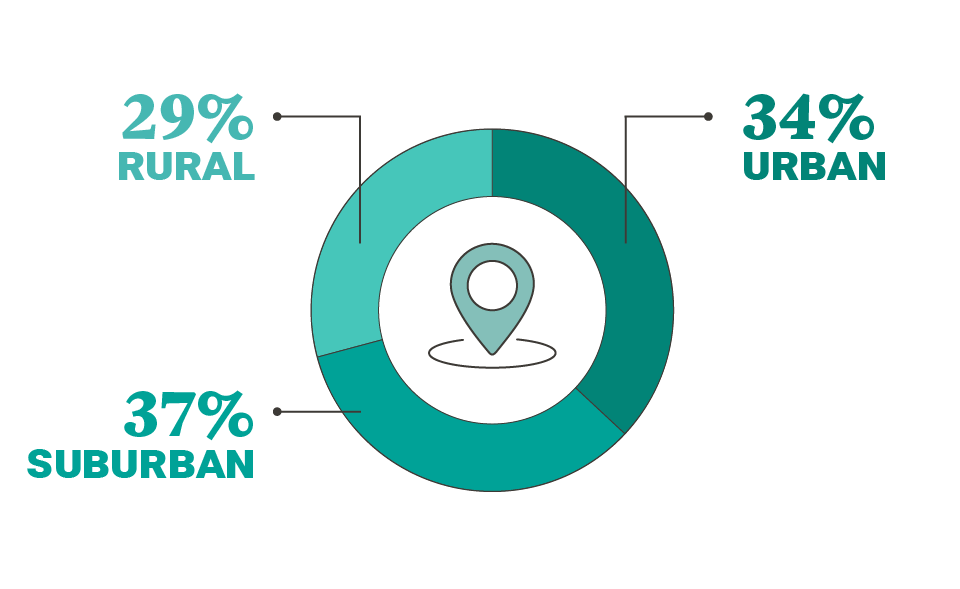A Survey of America’s Educators
Voices from the Classroom 2025 does what President Trump and his Administration have not: It asks teachers what they think. Do they embrace or reject Trump’s education agenda? And, at this pivotal moment in American history, what is their vision for the future of K-12 public education?
We find that teachers across regions, school types, and even political backgrounds firmly and wholeheartedly reject President Trump’s education agenda. Despite this, they are optimistic about the future of education. Their satisfaction with the profession is slowly increasing, but stands at odds with how they describe it: It’s not sustainable, dynamic, or collaborative. Ultimately, teachers remain deeply committed to reimagining public education through strategies such as artificial intelligence, innovative staffing approaches, and high-quality instructional materials, rather than to President Trump’s efforts to dismantle it.
Take Action
Tell the Secretary of Education: Do Your Job! Ask your member of Congress to protect the Department of Education and demand that Secretary Linda McMahon to do her job!
Gen-Z Voices from the Classroom
Voices from the Classroom 2025 includes an oversample of 300 Gen Z teachers — those born in 1997 or later — in addition to a nationally representative survey of 1,000 teachers. As newer teachers — who began their careers after COVID-19 — they are statistically most likely to exit the profession. Taking note of how their outlook differs from elder peers offers insight into the values and struggles of the next generation of teachers, and how to retain them.

Methodology
The Voices from the Classroom 2025 survey questionnaire was developed by 17 Educators for Excellence teacher members from across the United States. The instrument was written and administered by Penta Group Intelligence, an independent research firm, and conducted online from December 18, 2024 through February 3, 2025, among a nationally representative sample of 1,000 full-time public-school teachers. Note that all survey results are presented as percentages and, due to rounding, may not always add up to 100 percent.
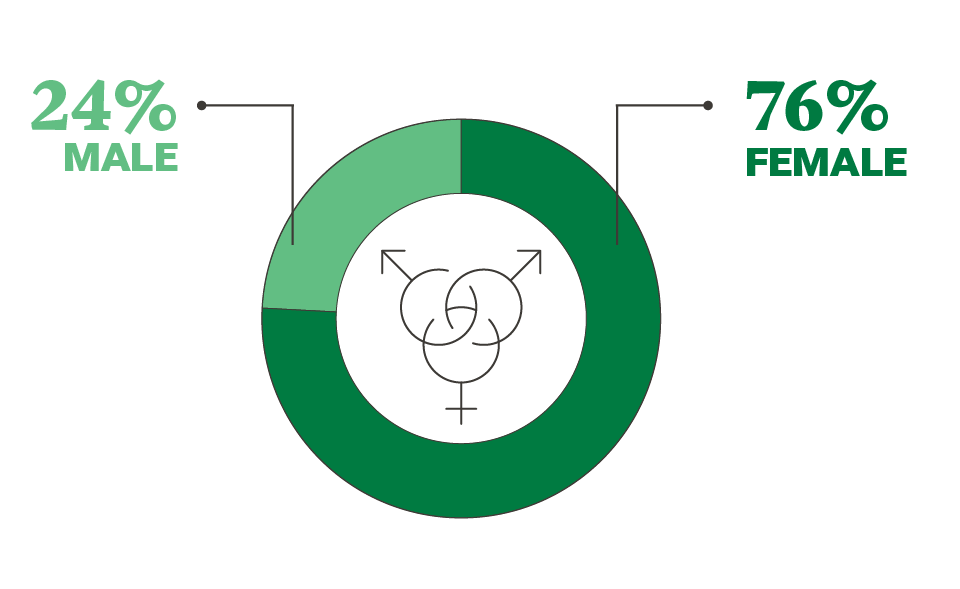
Gender

Race/Ethnicity
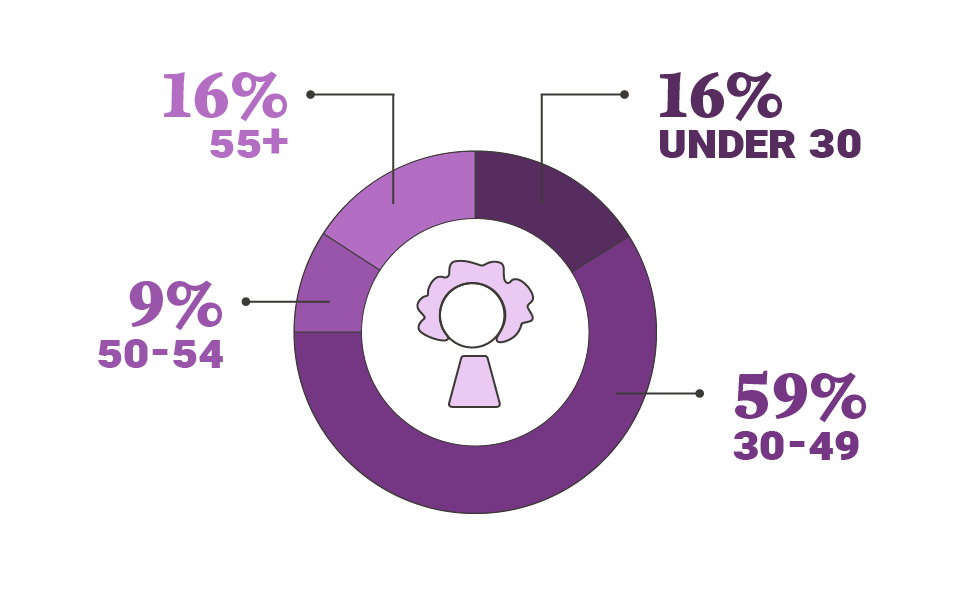
Age
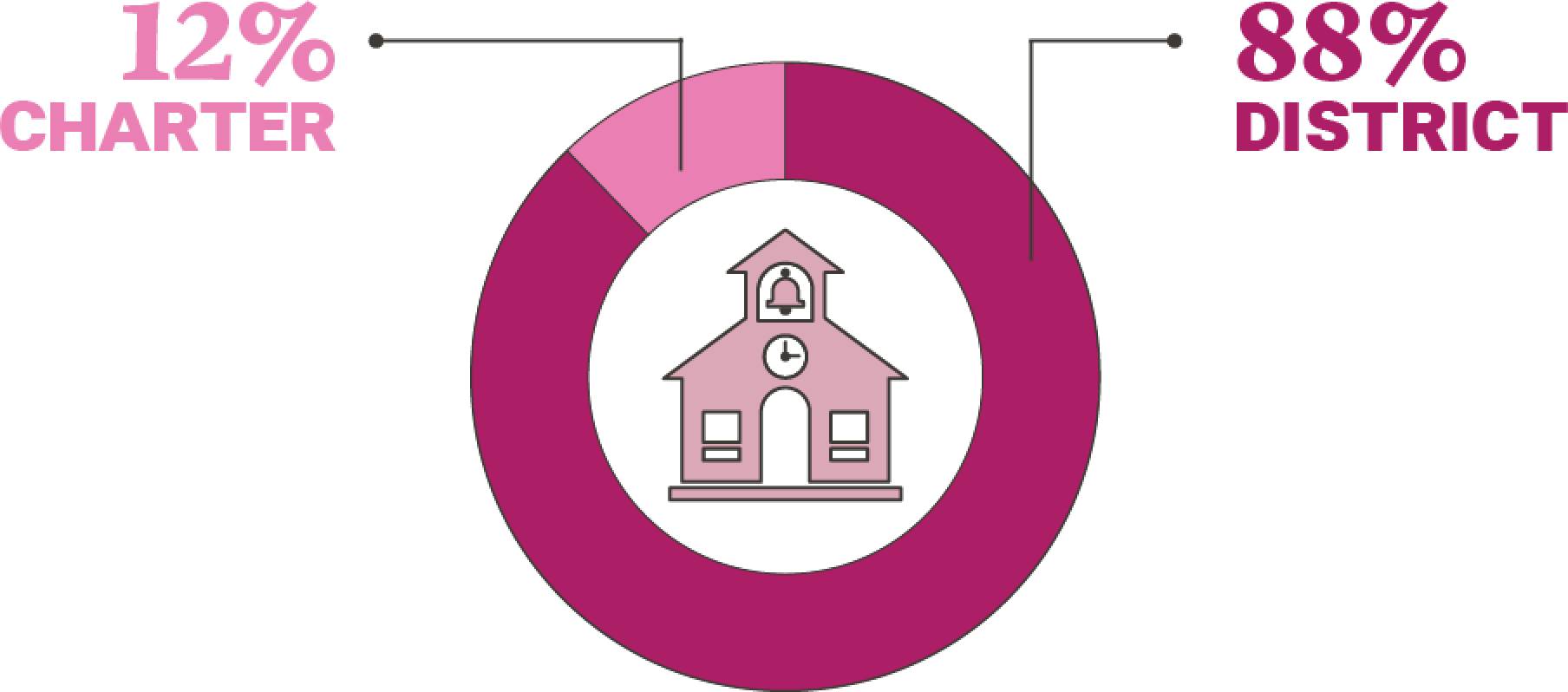
School Type
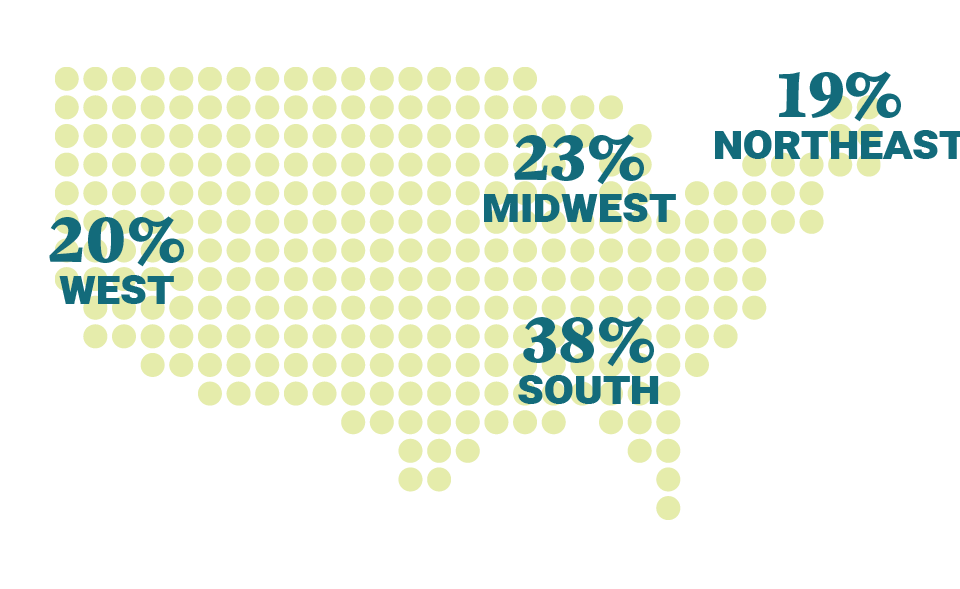
Region
